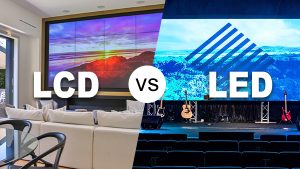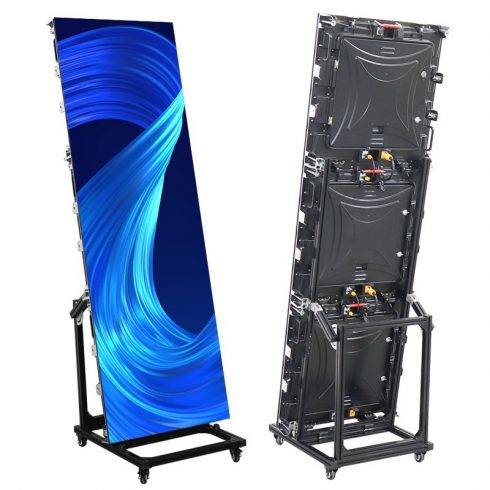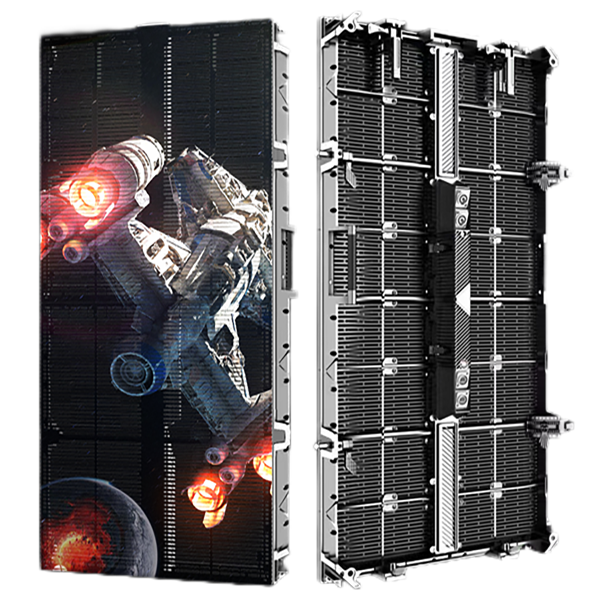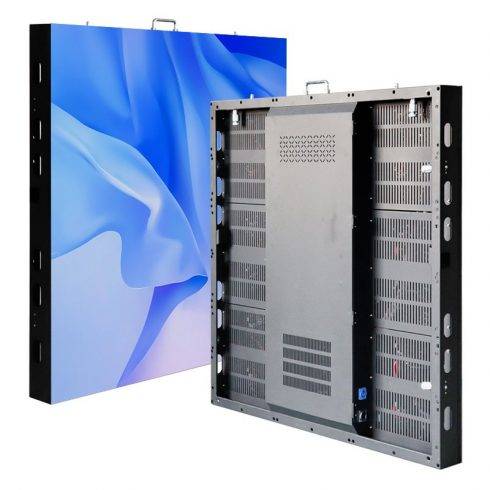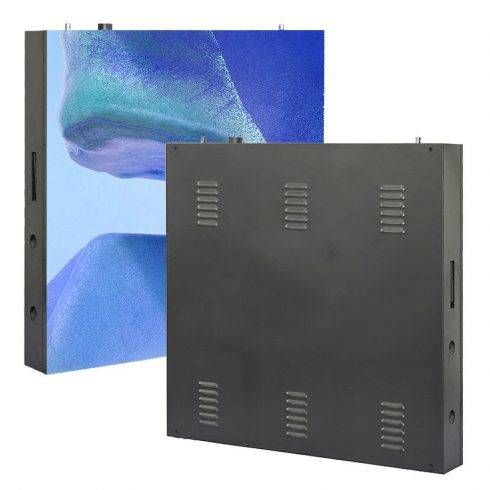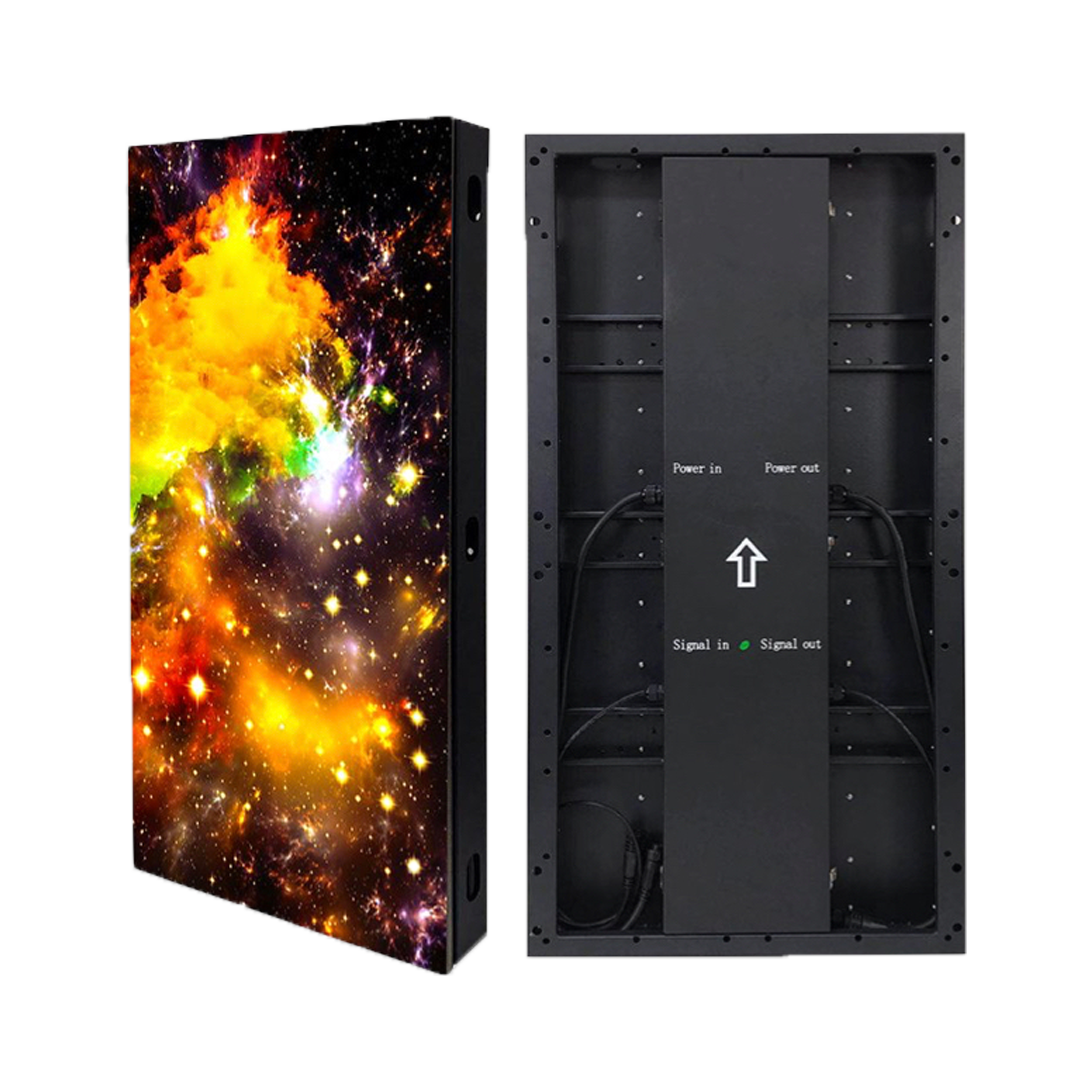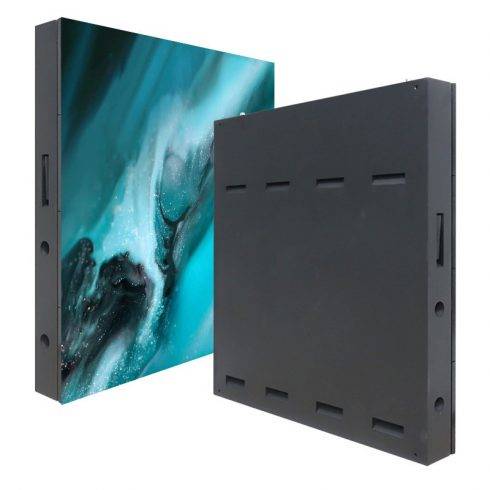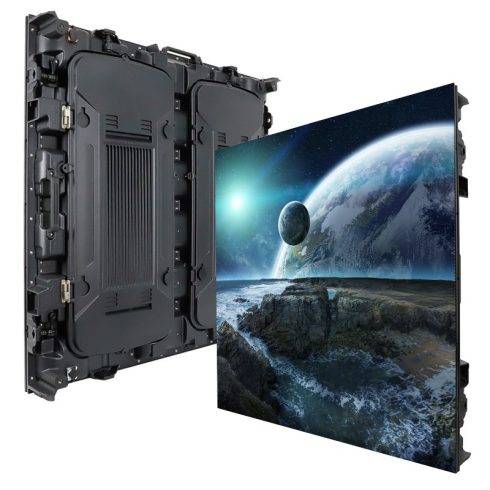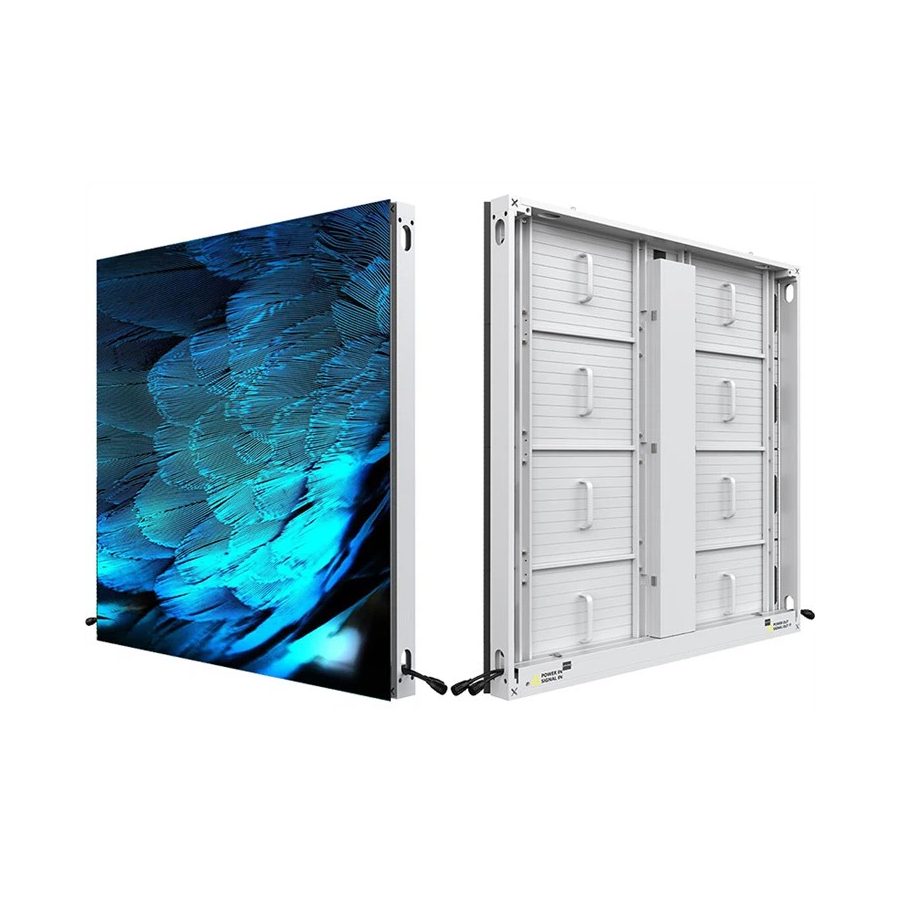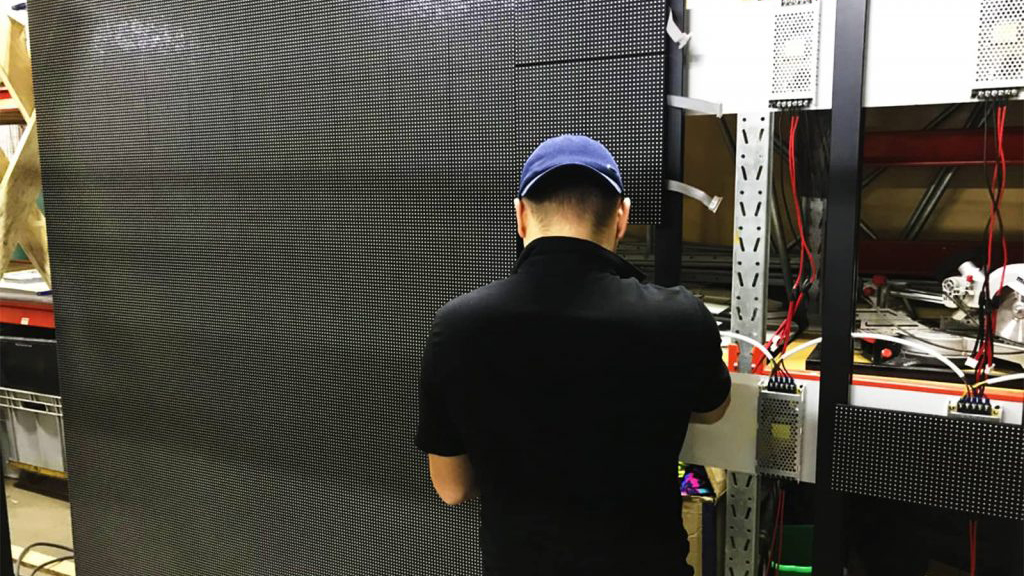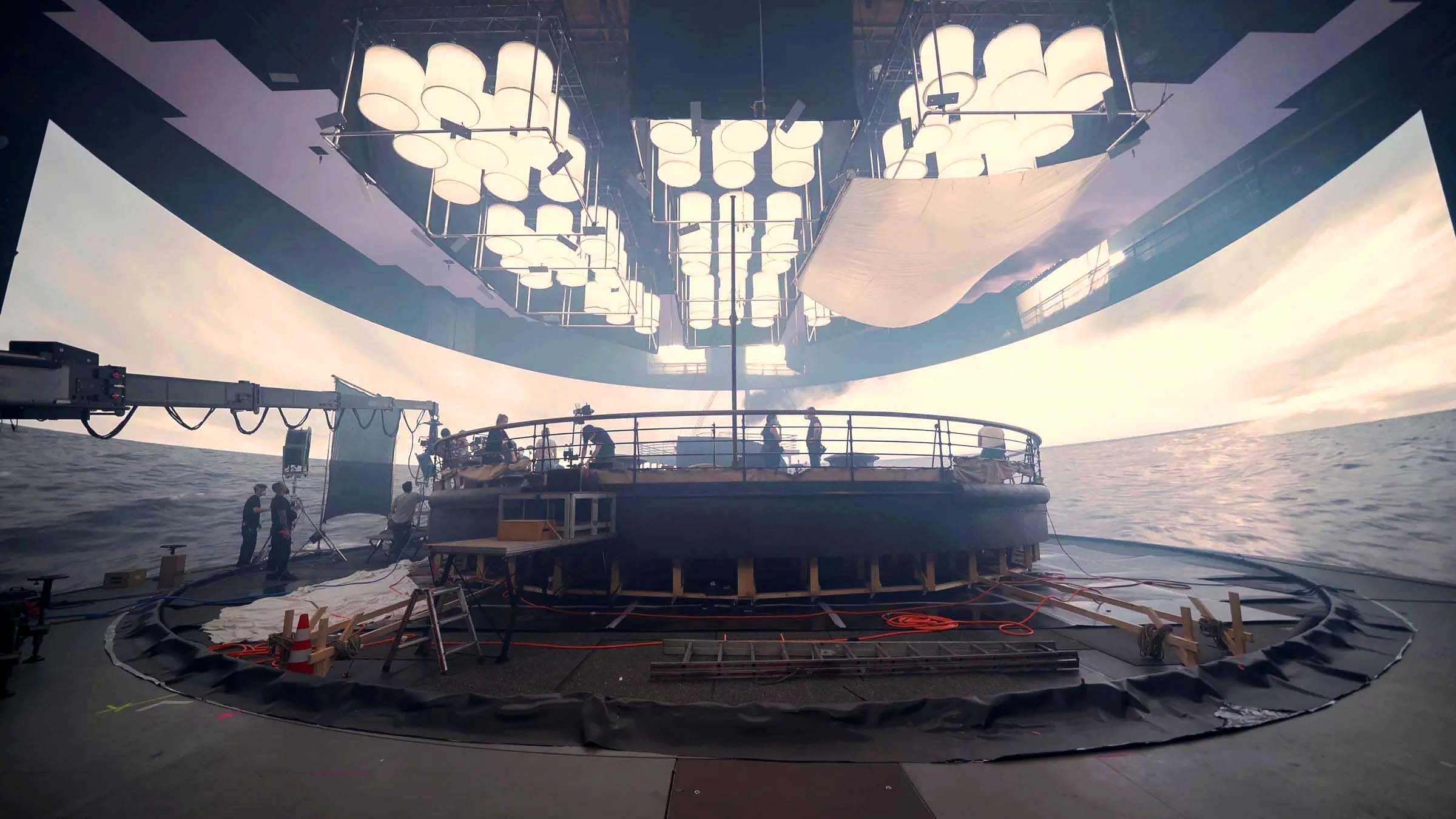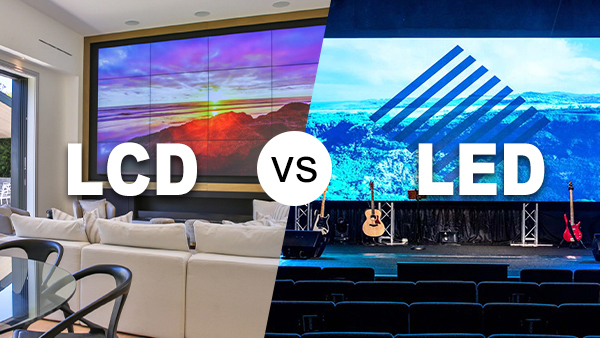Introduction
LED (Light Emitting Diode) displays have revolutionized the way we see and interact with visual content. From the screens of our smartphones to the dazzling billboards in Times Square, LED displays are an integral part of modern technology. This essay delves into the intricacies of LED displays, exploring their technology, development, types, applications, advantages, and future prospects.
The Technology Behind LED Displays
Basics of LED Technology
An LED is a semiconductor device that emits light when an electric current passes through it. The core principle of an LED involves the recombination of electrons and holes within the device, releasing energy in the form of photons. This phenomenon is known as electroluminescence. LEDs are made from a variety of semiconductor materials, each offering different colors of light based on their band gap energy.
LED Display Construction
An LED display is composed of many small LEDs arranged in a matrix or grid. Each LED acts as a pixel (or sub-pixel in the case of full-color displays), and the combination of these pixels creates the images we see. The color and brightness of each pixel can be individually controlled, allowing for high-resolution and dynamic displays. Modern LED displays often use Surface-Mount Device (SMD) technology, where LEDs are mounted directly onto the surface of printed circuit boards (PCBs), enhancing the display’s resolution and color fidelity.
Development of LED Displays
Early Innovations
The history of LED technology dates back to the early 20th century, but significant advancements were made in the 1960s when the first practical visible-spectrum LEDs were developed. Initially, LEDs were limited to red light and were used as indicator lights in electronic devices.
Evolution to Modern Displays
The development of blue and green LEDs in the 1990s, alongside red LEDs, enabled the creation of full-color displays. This breakthrough led to the emergence of high-resolution screens suitable for a wide range of applications, from consumer electronics to large-scale commercial displays. Improvements in LED efficiency, color accuracy, and production methods have continually enhanced the performance and affordability of LED displays.
Types of LED Displays
Standard LED Displays
Standard LED displays, also known as direct-view LED displays, are used in various applications, including digital signage, video walls, and large outdoor screens. These displays are known for their brightness, durability, and ability to operate in various environmental conditions.
OLED Displays
Organic Light Emitting Diode (OLED) displays are a type of LED display where the emissive electroluminescent layer is an organic compound. OLEDs offer several advantages, including superior color reproduction, faster response times, and the ability to create flexible and transparent displays. They are commonly used in high-end smartphones, televisions, and wearable devices.
MicroLED Displays
MicroLED technology is an emerging type of LED display that uses microscopic LEDs to form individual pixels. MicroLEDs offer higher brightness, lower power consumption, and better contrast compared to traditional LED and OLED displays. This technology is being explored for next-generation televisions, augmented reality (AR) devices, and more.
Applications of LED Displays
Consumer Electronics
One of the most widespread applications of LED displays is in consumer electronics. Smartphones, tablets, laptops, and televisions all utilize LED technology to provide vibrant and energy-efficient screens. The high resolution and color accuracy of LED displays make them ideal for media consumption and gaming.
Digital Signage and Advertising
LED displays are extensively used in digital signage and advertising. Their ability to produce bright, dynamic content that captures attention makes them perfect for billboards, outdoor advertising, and informational displays in public spaces. The durability and low maintenance requirements of LEDs also contribute to their popularity in these applications.
Automotive Displays
The automotive industry has embraced LED displays for dashboards, infotainment systems, and exterior lighting. LEDs offer the advantage of better visibility, lower power consumption, and enhanced design flexibility, which are critical for modern vehicle interfaces.
Industrial and Commercial Uses
In industrial and commercial settings, LED displays are used for control panels, information boards, and interactive kiosks. Their reliability and clarity make them suitable for environments where critical information needs to be displayed clearly and continuously.
Advantages of LED Displays
Energy Efficiency
LED displays are highly energy-efficient compared to traditional display technologies such as LCDs and plasma screens. They require less power to operate, which translates into lower energy costs and a reduced environmental footprint.
Longevity and Durability
LEDs have a longer lifespan and greater durability than many other light sources. They are less prone to damage from physical shocks and environmental factors, making them ideal for both indoor and outdoor applications.
Superior Image Quality
LED displays offer excellent color accuracy, brightness, and contrast ratios. They can produce deep blacks and vibrant colors, providing a superior viewing experience. The fast response time of LEDs also ensures smooth motion display, which is crucial for video playback and gaming.
Design Flexibility
The small size and versatility of LEDs allow for innovative display designs. LED displays can be made in various shapes and sizes, including curved and flexible forms, enabling unique and creative applications in architecture and interior design.
Future Prospects of LED Displays
Advancements in MicroLED Technology
MicroLED technology is poised to revolutionize the display industry with its superior performance characteristics. Continued research and development are expected to overcome current manufacturing challenges, making MicroLEDs more commercially viable for a wide range of applications.
Integration with Emerging Technologies
The integration of LED displays with emerging technologies such as augmented reality (AR), virtual reality (VR), and the Internet of Things (IoT) will create new possibilities for interactive and immersive experiences. LED displays will play a crucial role in the development of smart environments and connected devices.
Environmental Sustainability
As sustainability becomes a key consideration in technology development, LED displays are likely to become even more eco-friendly. Advances in materials and production processes will reduce the environmental impact of LED displays, making them a greener choice for future applications.
Conclusion
LED displays have transformed the landscape of visual technology, offering unparalleled advantages in terms of energy efficiency, durability, and image quality. From their humble beginnings as simple indicator lights to their current role in cutting-edge consumer electronics and beyond, LED displays continue to evolve and expand their influence. As technology advances, LED displays are set to play an even more significant role in our daily lives, illuminating the future with bright, vibrant, and efficient light.





